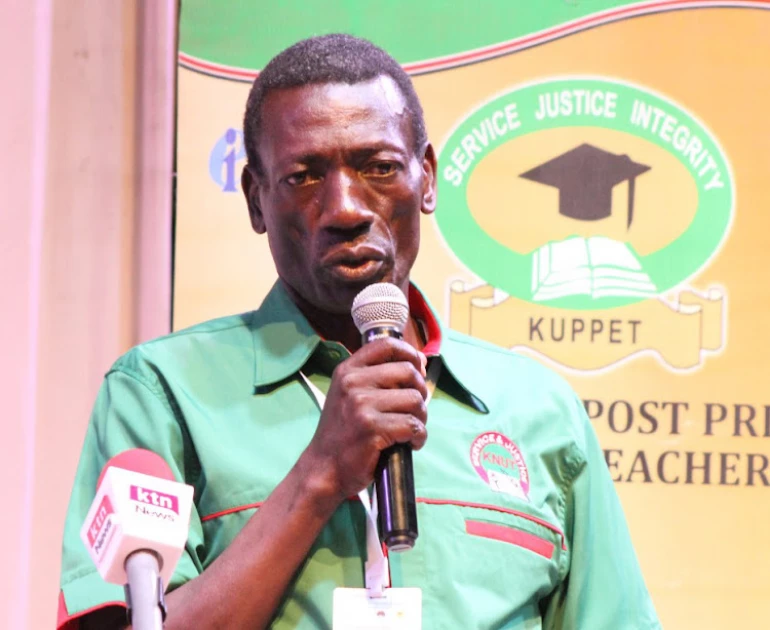Kenya must urgently fix the impending funding crisis in the higher education sector following revelations that thousands of ongoing students, and those scheduled to join universities in September might be affected.
The new financing model requires first-year students reporting to universities to pay up to Sh50,000 in fees to secure admission, even as the Higher Education Loans Board (HELB) delays releasing funds to beneficiaries.
According to local university administrators, the rising cost of living and inflation have piled additional burdens on students and their families. The funding gaps pressure poor students to either suspend their studies, compromise their academic performance by taking on extra jobs, or in worse cases, drop out altogether. Some risk being lured into destructive lifestyles that could ultimately derail their lives and dreams.
Beyond tuition, many ongoing students are grappling with huge rent arrears due to delayed upkeep disbursements under the new funding model. Even when government loans cover tuition, learners face unplanned costs like accommodation, transport, and food, expenses that often exceed tuition fees.
Reports indicate that more than 250,000 students are now at risk as universities have not received adequate funding since October 2024. The funding shortfall has placed immense strain on public institutions, forcing them to consider cutting services, delaying exams, or increasingly relying on student contributions. Such measures would undermine the principle of affordable public education.
ALSO READ;
HELB introduces new loan allocation model after band-based system scrapped
Some senior lecturers warn that unless funding is regularized urgently, universities may not sustain their operations. Institutions are already carrying a financial burden they were never designed to shoulder. Poor students from vulnerable households, meanwhile, face deferments or permanent disruption of their studies.
Deputy President Prof. Kithure Kindiki has recently assured Kenyans that the UDA government remains committed to delivering accessible, relevant, and quality university education. He emphasized that the new Universities Funding Model is being refined to ensure no qualified student misses higher education due to financial constraints.
Similar sentiments have been echoed by Geoffrey Monari, CEO of the Universities Fund Board, who urged students to remain patient as the government works to secure continuity of their studies. Further assurances came from the Vice Chancellors’ Committee chairman, Prof. Daniel Mugendi, who revealed that they are in constant engagement with government to have arrears converted into pending bills.
Despite these assurances, critics argue the government is abandoning its responsibilities and offloading the cost of education onto already overburdened families. This, they say, risks leaving behind thousands of bright but poor students.
Treasury Cabinet Secretary John Mbadi recently admitted that the financial gaps facing universities are far from over. Equally, Higher Education Principal Secretary Beatrice Inyang’ala told lawmakers that HELB has been unable to fully cater for loans and scholarships since the 2023 KCSE cohort joined. Addressing the National Assembly Education Committee chaired by Tinderet MP Julius Melly, she revealed that HELB requires Sh22.9 billion to sustain students.
ALSO READ;
KNUT officials console family of late Bungoma High Principal
However, a budget review following the withdrawal of the Finance Bill 2024 reduced HELB’s allocation from Sh31.9 billion, worsening the situation. This has left many students inadequately funded, including those placed in private universities under government sponsorship.
Pundits fault the differentiated unit cost (DUC) funding for continuing students, which falls well below the ideal level of 80 percent. They argue that the reduced funds are forcing students to struggle with increased tuition, living costs, and essential services, making it nearly impossible to sustain their academic pursuits.
The new funding model, launched in 2023, replaced the old uniform system that offered equal support to all students. Under the current model, Band One (extremely needy and vulnerable) students receive 70% scholarships, 25% loans, and contribute 5% from their households, with an upkeep allowance of Sh60,000 per semester. On the other end, Band Five (middle- and high-income earners) contribute between 20% and 40% of tuition fees, receive 30% in loans, and upkeep ranging from Sh40,000 to Sh45,000.
Clearly, unless the Kenya Kwanza administration and other stakeholders move quickly to fix the challenges plaguing higher education, the promise of accessible and affordable university education risks becoming hollow.
By Yabesh Onwong’a
You can also follow our social media pages on Twitter: Education News KE and Facebook: Education News Newspaper for timely updates.
>>> Click here to stay up-to-date with trending regional stories
>>> Click here to read more informed opinions on the country’s education landscape






